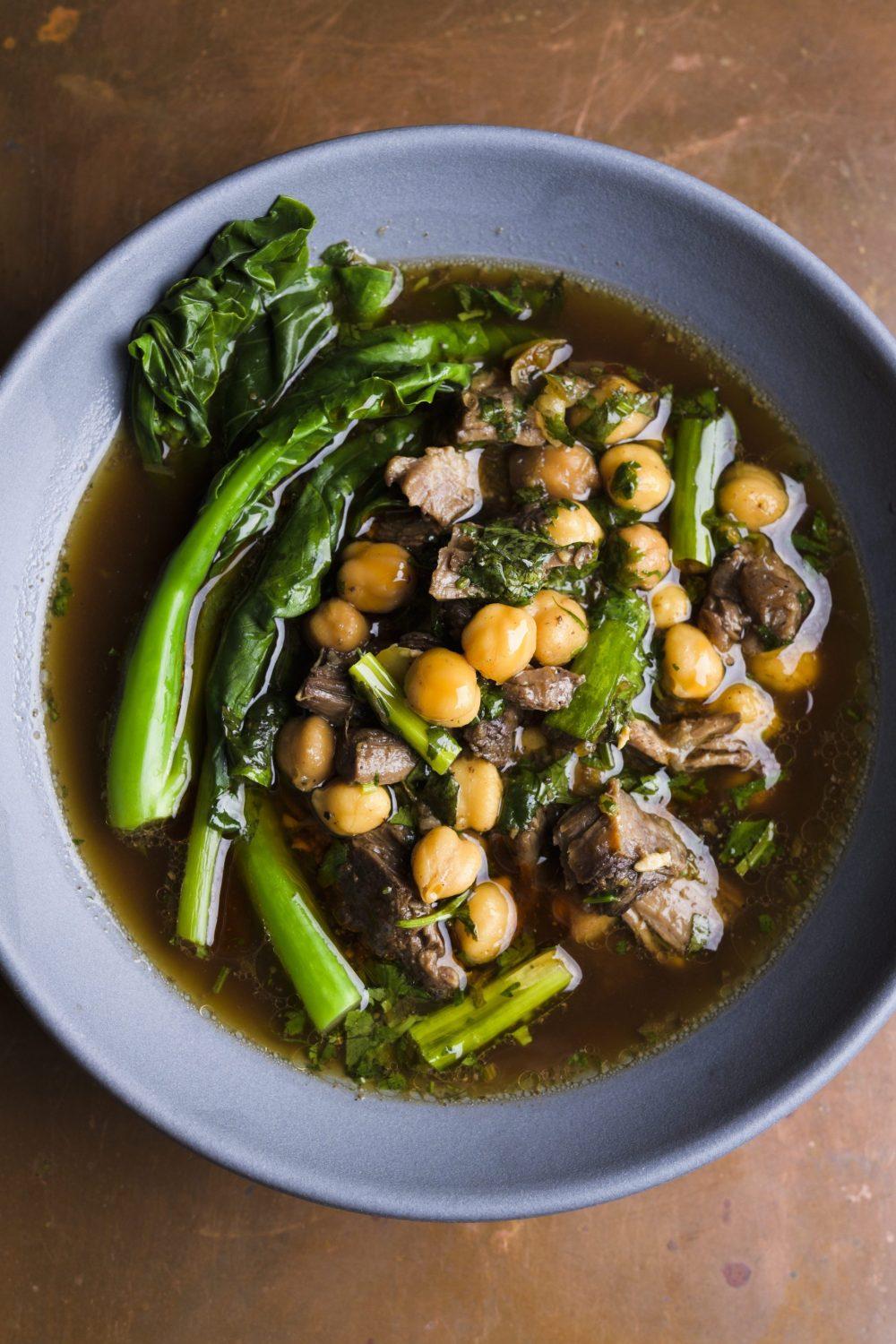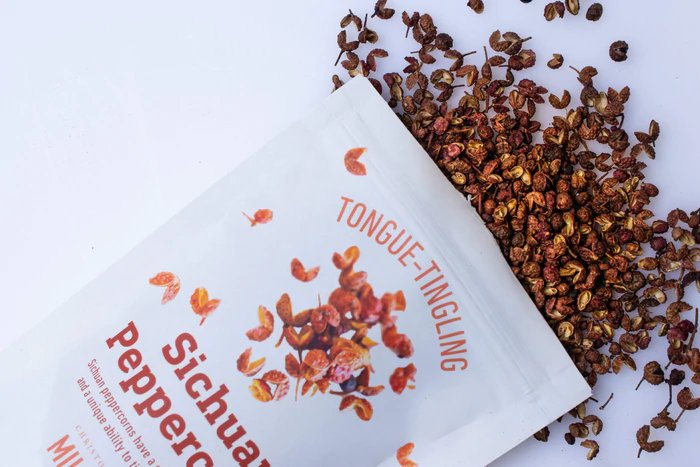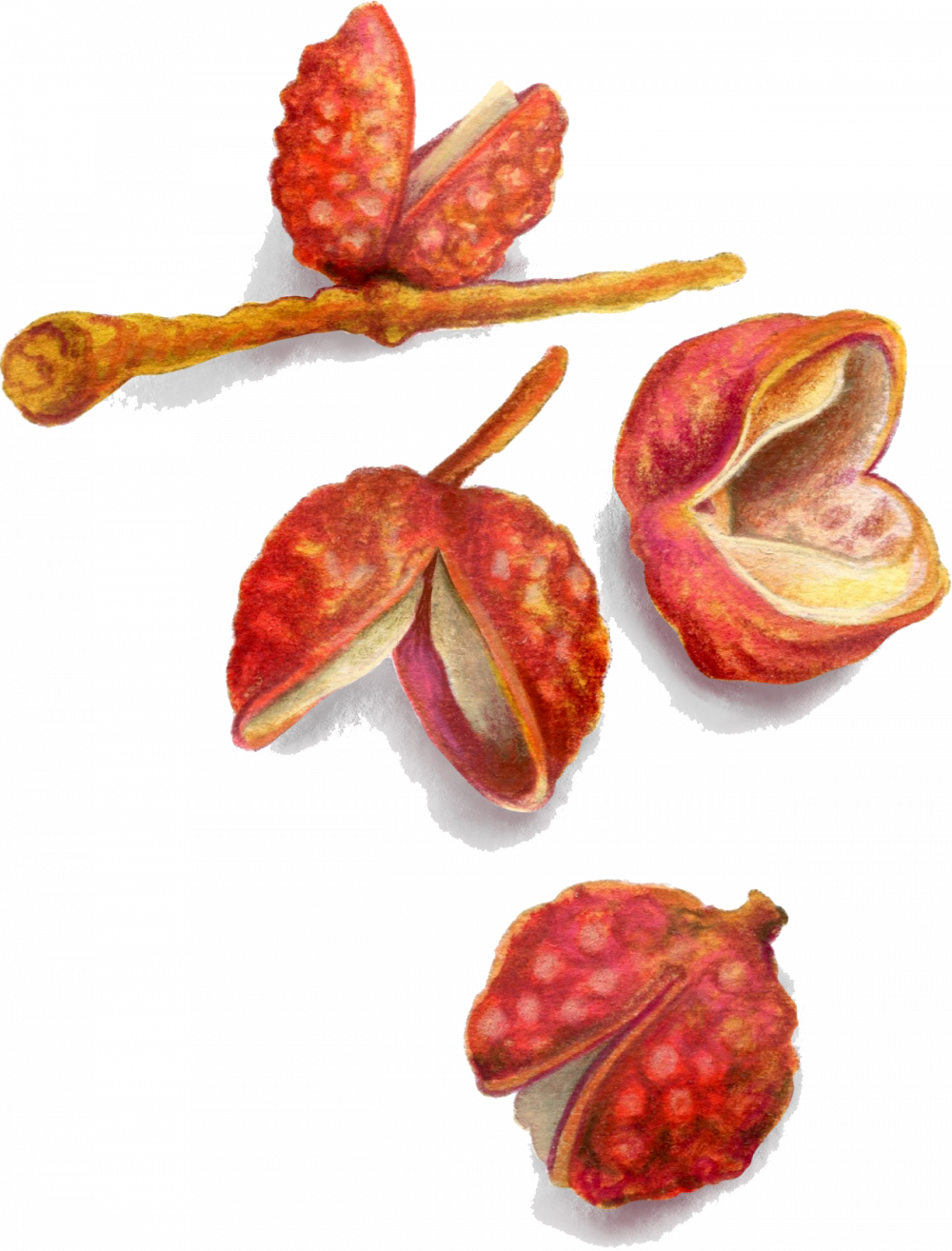An unmistakable sensation runs through Sichuan cuisine, a distinctive tingling you can feel in your face. Many Westerners mistakenly attribute it to chilies—but they’re wrong.
It comes from Sichuan peppercorns, a defining ingredient that also gives a subtle piney-citrusy flavor that freshens dishes and helps to balance the heat. Now that they’re coming into the mainstream, we’re here to answer your questions. And if you're looking for a more visual approach to Sichuan cooking, join the Milk Street online cooking school for our Wok Cooking with J. Kenji López-Alt class on March 22.
What are Sichuan peppercorns?
They’re not actually peppercorns at all. They are the dried husks of a seed that grows on a type of citrus tree native to the Sichuan province, in south-central China. The peppercorns come in red and green varieties—the former carrying a stronger, more earthy flavor and the latter a brighter, pinier aroma. In China, both red and green come in several variations that carry different flavors based on when they were harvested. That kind of a wide selection is rare in the United States, where red peppercorns are the most common.
What causes that tingle?
When eaten, the numbing sensation comes from a compound called hydroxyl alpha sanshools, which stimulate neurons that create the perception of touch rather than heat. That's why you almost feel your lips and mouth vibrating after eating something seasoned with Sichuan peppercorns.
Importantly, the tingle makes up one half of the characteristic Sichuan flavor combination known as “mala.” “Ma” refers to the sensation from Sichuan peppercorns, while “la” refers to the fiery singe of capsaicin heat from chilies.
How do I cook with Sichuan peppercorns?
The most effective way to integrate these peppercorns into your cooking, and to harness mala cooking on demand, is to make a simple Sichuan chili oil. In less than 10 minutes, this simple Sichuan hot chili oil recipe mixes peanut oil, Sichuan peppercorns, red pepper flakes (or Sichuan chili flakes) and whole chilies for a powerhouse pantry ingredient that boosts anything from vegetable stir-fries to scrambled eggs. Better yet, it will stay good sealed in the fridge for at least a month and can be used to spice up anything, not just classic Sichuan dishes.

We love it in our Chinese Beef Stew with Chickpeas and Star Anise, and in Crispy Sichuan-Chili Chicken, our take on a trademark dish in the Sichuan capital Chengdu called la zi ji. And it amps up the flavor of our Stir-Fried Broccoli with Sichuan Peppercorns. But it works well in just about any stir-fry and provides a lovely pop of flavor and pleasant tingle in homemade spice blends, rubs and marinades.
If you use the peppercorns dry, like most spices, we suggest lightly toasting them before crushing or grinding them. That way you’ll get the most of their complex flavor and aroma. Be careful, though. It's better to err on the side of too-lightly toasted, since they turn bitter if they're overcooked.
Where do I buy Sichuan peppercorns?
Sichuan peppercorns are becoming more available these days in supermarkets, but they are always available in Asian markets as well as in the Milk Street Store online. Our Sichuan Salt combines the prickly peppercorns with warm five-spice powder, white pepper and a touch of sugar for an all-purpose seasoning.

And if you opt for a pre-made Sichuan chili oil, we prefer the delicious Mom's Mala Sichuan Chili Sauce and the crunchy—yes, crunchy—Fly By Jing Sichuan Chili Crisp.
For the more elusive green peppercorn, our favorite is the 50Hertz Green Sichuan Pepper Oil, which is mouth-tingling but not spicy, with a deep, resinous aroma and citrusy brightness. Like a bold wine that needs a bit of time to breathe, this pepper oil has a powerful aroma and earthy, funky notes that some might find daunting when the bottle is first opened. No need to worry: with a bit of air, that intensity mellows and softens, making it perfect for chicken, fish, shellfish and vegetables.
If you're looking for more information on Sichuan ingredients and recipes, sign up for our Wok Cooking with J. Kenji López-Alt online cooking class on March 22! We look forward to seeing you there.
Join the conversation on Facebook, Twitter, Instagram and Pinterest
And if you're looking for more Milk Street, check out our livestream cooking classes with our favorite chefs, home cooks and friends for global recipes, cooking methods and more.
Get Ready to Cook
4
Servings
2¼ hours
15 minutes active
Get Ready to Cook
4
Servings
1 hour
Get Ready to Cook
4
Servings
1 hour 20 minutes
20 minutes active
Get Ready to Cook
4
Servings
40 minutes
Get Ready to Cook
4
Servings
35 minutes
Get Ready to Cook
6
Servings
40 minutes
Get Ready to Cook
4
Servings






